Collecting Fine Art Photography: Why, How and What to Look for
A relatively young medium in the art world when compared to paintings and sculpture, fine art photography is fast gaining in popularity amongst collectors. However, given the saturation of photographic imagery in society today, it can be a daunting task to decipher the difference between a valuable work of art and a fun Instagram snap. With our recent inclusion of fine art photography, we decided it was time to delve deeper into the mysteries of this modern medium.
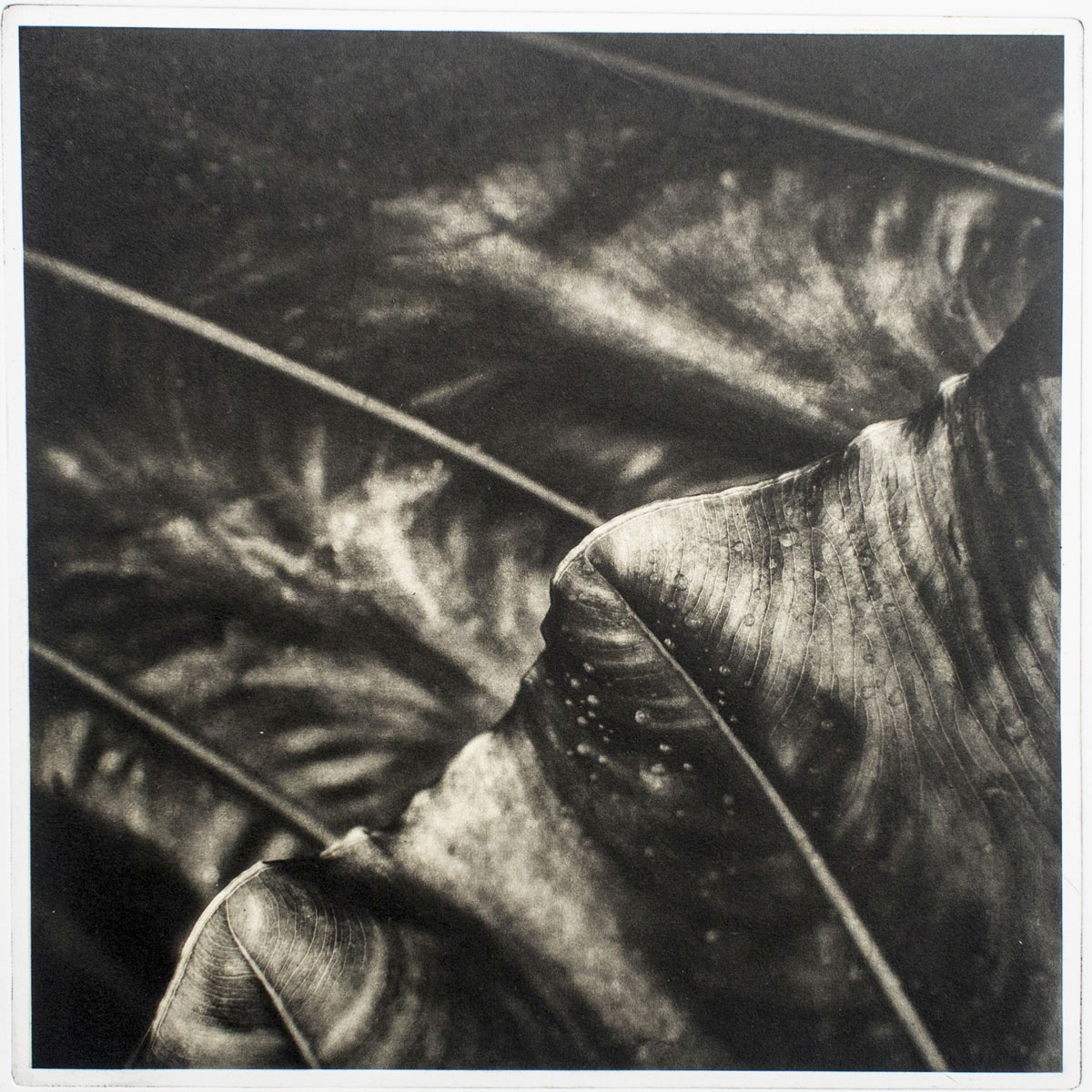
Silvi Glattauer uses a process of chemical etching and printing to create her soft and stunning photogravure images. Follage 2 by Silvi Glattauer.
Why Fine Art Photography?
Photography is one of the most accessible mediums to begin collecting. Given that it can be reproduced in multiple editions, the price of a photograph can be a more approachable starting point than an oil painting – although famous photographs by legendary photographers can sell for millions! There is an equivalent amount of skill and craftsmanship that goes into quality fine art photography as in paintings. However, much of this happens behind the lens and isn’t immediately visible in the final image. Where many collectors are used to seeing brushstrokes on a canvas, photographers use their knowledge of film types, camera craft, composition, post-processing and much more to create unique works of art.
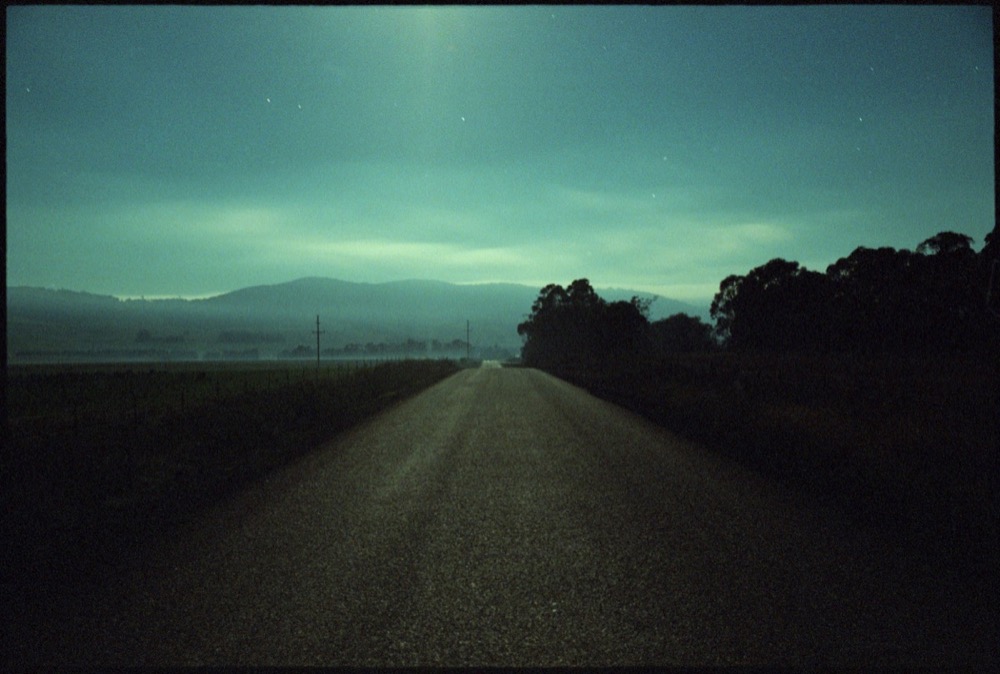
Tarago Moonlight 1 by Damian Seagar is an 8 minute exposure on 35mm film. Capturing an image like this takes time and experience – the dramatic colours come from choosing a specific type of film to expose on.
How to Buy Fine Art Photography?
Buying fine art photography has never been easier. With the rise of e-commerce and online galleries, collectors can access a range of world class photographers without having to leave home. Much like traditional art, the contemporary medium used to only be available from bricks and mortar galleries or straight from the photographers themselves. Given the general preference towards more traditional paint and brush works, photographic exhibitions were hard to find, which lead to the genre being a challenge to access. In the digital age, anyone can start their dream photography collection! Click here to start yours and browse fine art photography on Bluethumb, the home of Australian artists.
With this accessibility and saturation comes the challenge of finding valuable works that are of high quality. Sourcing fine art photography that will be a true addition to your art collection can be tricky, but there are a few key things to look out for. Keep reading below for our tips to help you find the perfect fine art photograph for your collection.
5 Things to Look For When Collecting Fine Art Photography
1. Limited Edition
Photographs and prints gain value through the scarcity of editions. Given that each print is based off a negative or digital file, you would think that photographers can print as many editions of a single image as they want – but to do so would cut the value of the editions. By limiting the number of copies of a single image, photographers can control how much the work is worth. Indeed, prices can vary for a single image across the different editions, with the value changing as each print is made.
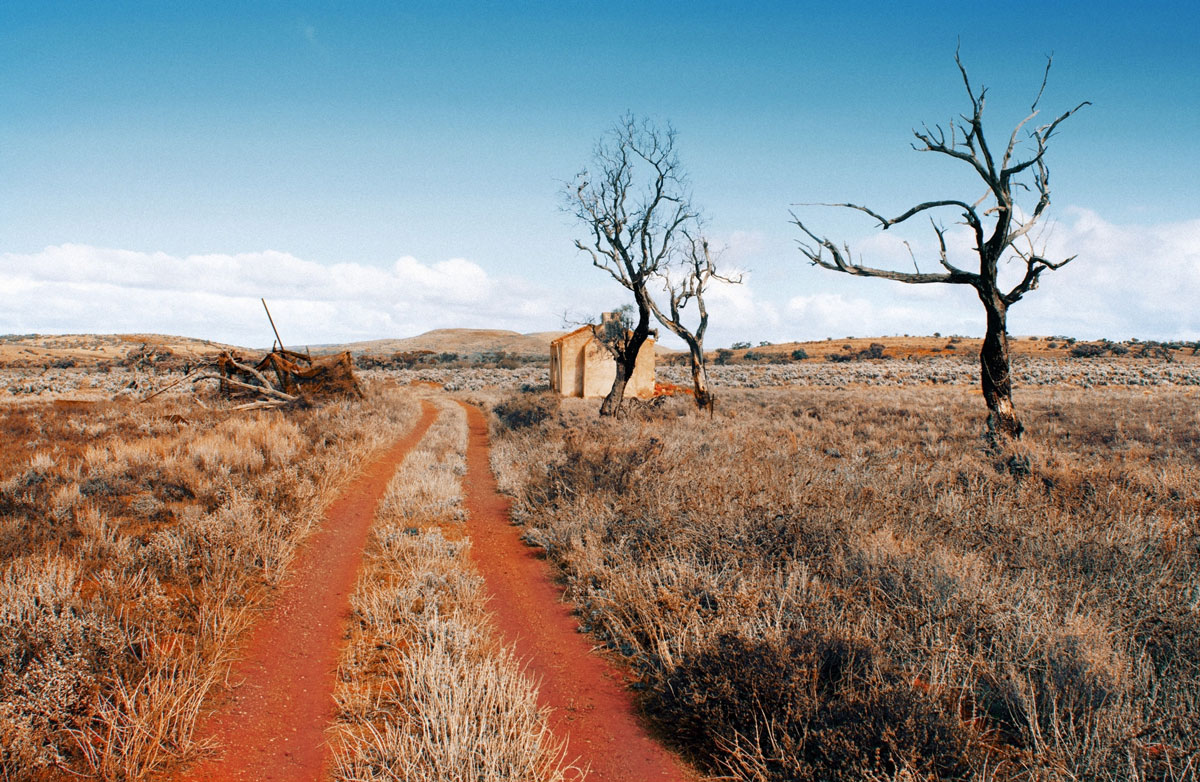
Red Road by Alex Frayne is a one off print – meaning no further editions will be printed. This makes the print as unique as any original painting.
2. Craftsmanship
As you do with other mediums, look at the craftsmanship of the photograph. The skill of the photographer, the consistency of their portfolio and the calibre of the equipment they use will affect how the final image is valued. Do your research, read the artist’s biography and learn how the photograph was made. After all, an image may take mere seconds to capture, but it takes a lifetime of knowledge to know how to make the most of those few seconds. All of the photographers on Bluethumb have been approved by our curatorial team to ensure top quality and professionalism before their work is available for purchase – so rest assured that you’re purchasing quality work.
Often artists early in their careers will charge lower prices that match their experience in the industry. As their popularity, reputation and experience grows, the value will increase – meaning it’s an excellent time to invest and snag yourself a piece that grows in value!
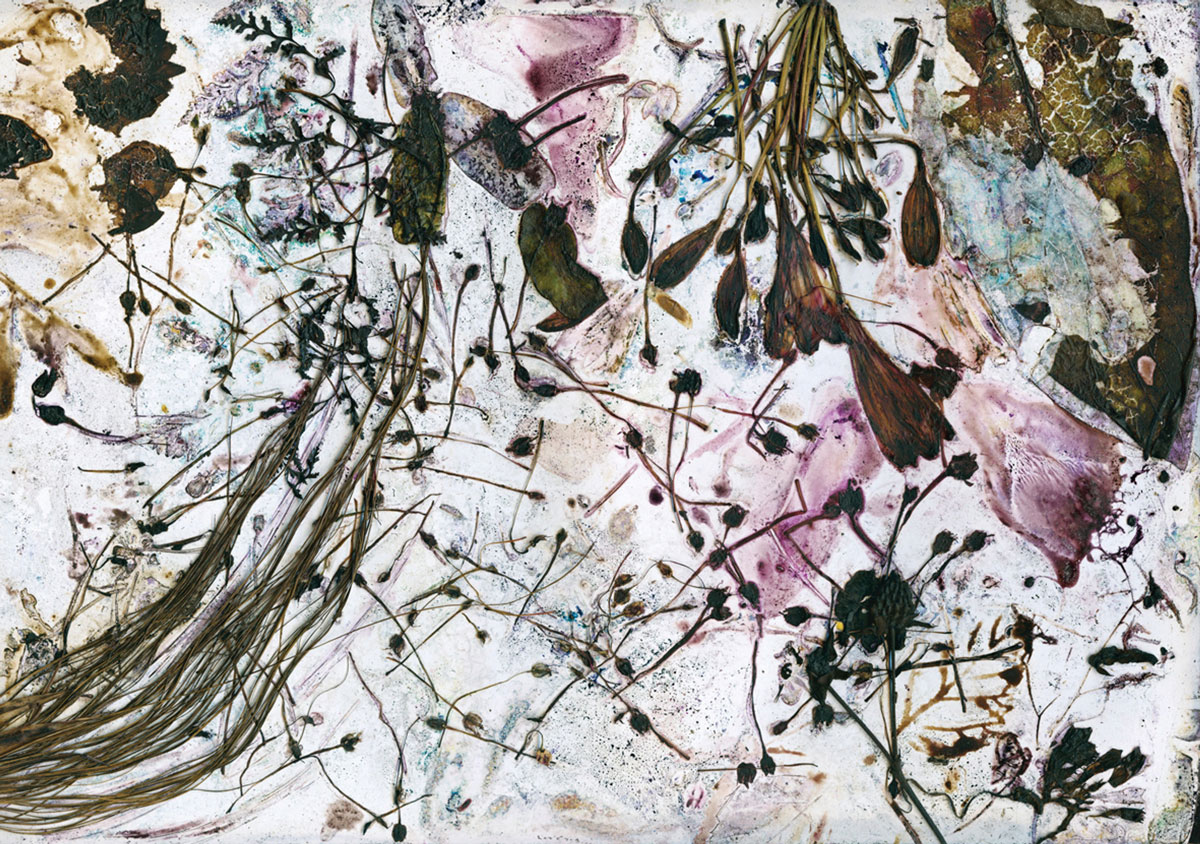
Seasons and Colours, Venus and John (Mt Glorious) by Renata Buziak is printed on Hahnemühle Torchon paper – an acid-free paper that will stand the test of time.
Pay attention to how the image has been presented. Photographs do not always get printed the same way – there are different types of photographic paper, C-type prints, silver gelatin prints, prints on canvas, prints on metal and much more. Each method of printing will have a different appearance in the final product, and different types of paper will have various lifespans. Generally, fibre based papers (such as cotton) will produce higher quality results – which is why they are standard for exhibition prints. For works that won’t yellow as time passes, the paper should be acid-free. Take note on whether the final image has a matte or glossy finish and any framing details, as these preferences vary across works.
3. The Story
Every image has a story. Each element within the frame was included deliberately by the photographer to tell that story. The narrative behind the image gives it meaning and is where the connection we feel comes from. It may not always be the subject matter that tells the story. but instead the how and why behind the photo.
It’s also important to note the photographer’s story. Why did they take the photo? What was happening at the time the photograph was taken? Many images become interesting looking at the circumstances surrounding them and take on a whole new meaning!
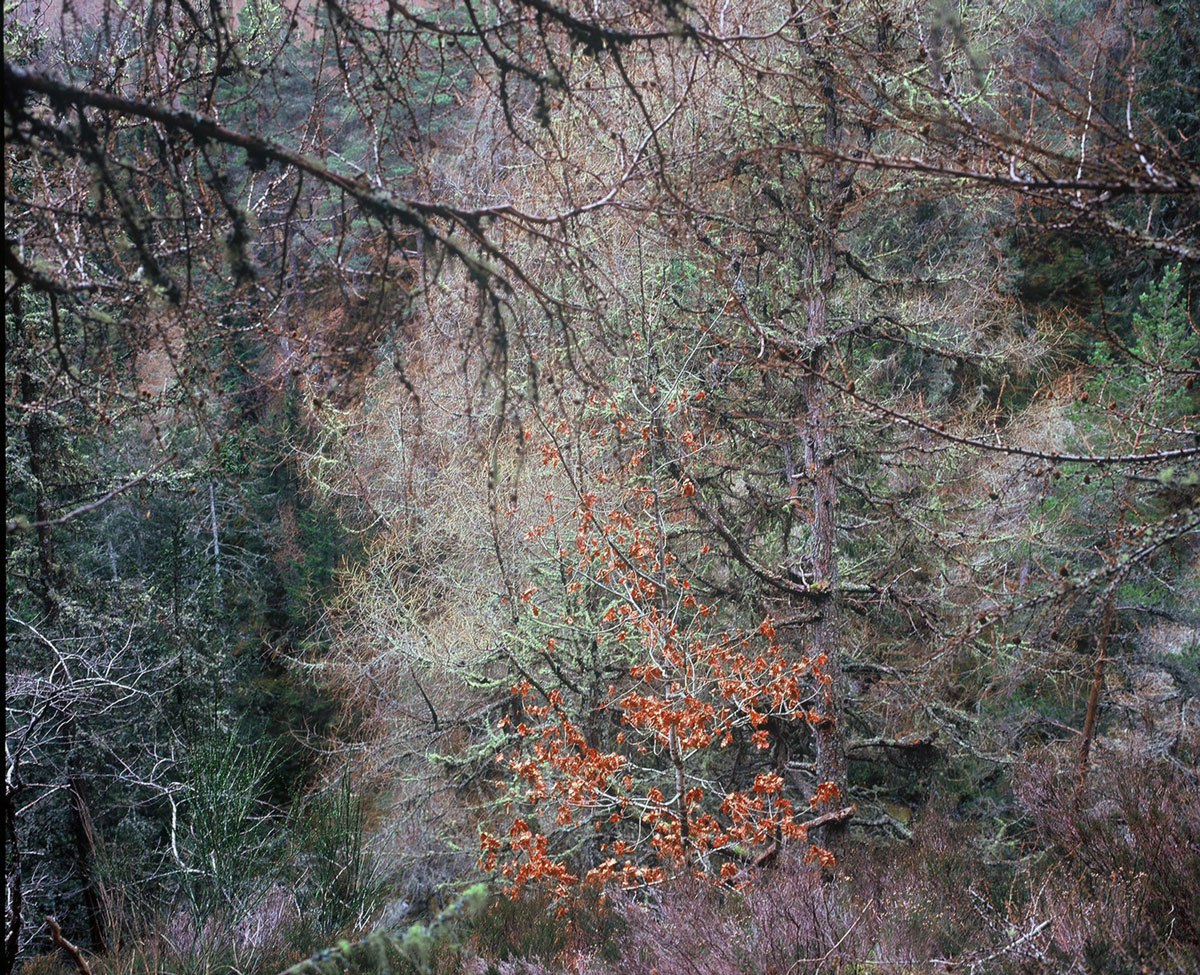
Cascades by Marlaina Read was taken during winter in the woods surrounding the Falls of Bruar near Blair Atholl, Scotland.
4. Condition
Buying art directly from the artist, you can rest assured that it’s in top condition. Luckily, if it’s not, Bluethumb has 7 days of free returns – so you can swap it for one that is.
When buying photographs that have passed through a few hands, check the surface for any damage. Is the paper bent, yellowing, flimsy or torn? Damage decreases the value of a piece, and won’t look as nice on your wall, so make sure you inspect it closely without the frame.
It’s important that you make sure the print is signed and comes with a certificate of authenticity. This document is proof of the value of the piece, when it was created and that it was created by the photographer. It’s also the first place to look to find out which edition it is.
5. Do You Love It?
There are lots of factors that determine what is a ‘good’ image or a worthwhile investment, but ultimately what matters is you. If you’ve fallen in love with a piece, then everything else falls away. All that is important is that you’re happy to look at that photograph on your wall for years to come.
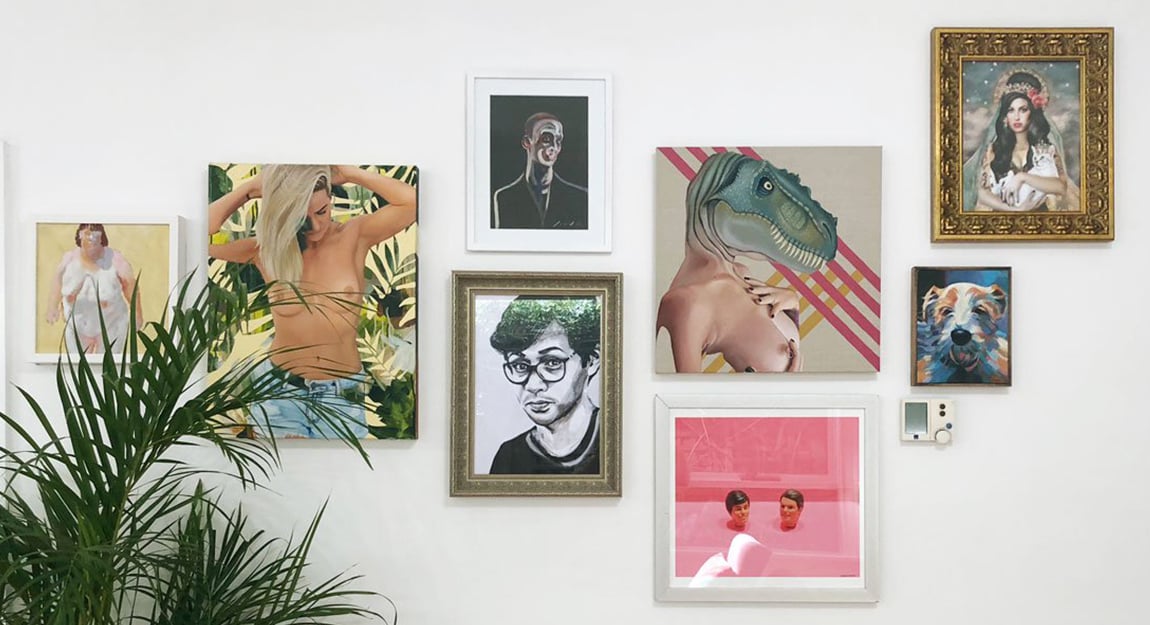
When Bluethumb’s PR & Comms Manager Freddy saw Suburbia 001 by Rosemary Whatmuff, he fell in love instantly and knew he just had to have it on his portrait wall!
Header image: Abandoned Mexico by Daniel Luxford


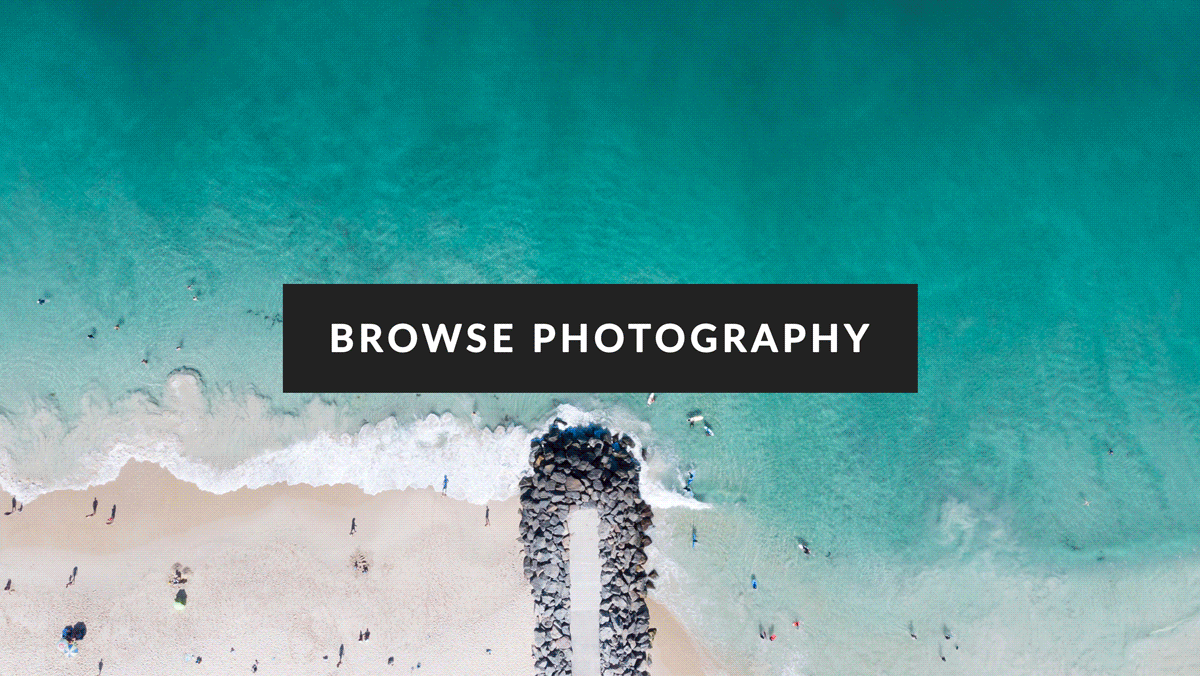
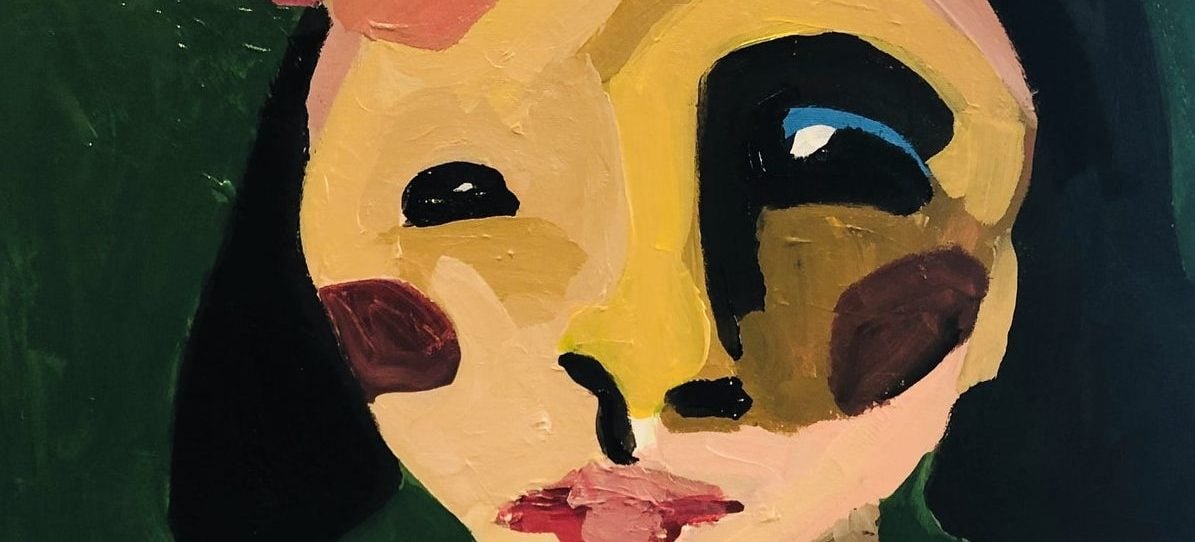


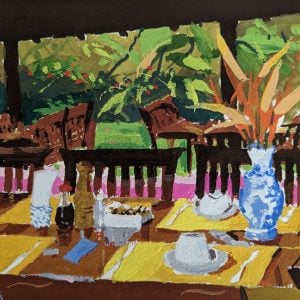






Howdy,
What a great article! So good to see you give Photographic Art a shout out!
I could be wrong but I think I`m possibly the only Bluethumb Photographic Artist producing traditional silver gelatin fine art prints.
A couple of points worth adding to your piece is recognition that traditional analogue photography is so much closer aligned to that of Print Making or Painting simply owing to the hand made nature of the processes involved.
It is worth buyers bearing in mind that unlike the digital production of an “edition” of prints, with silver gelatin, each print is unique, a one off, since it has been made by hand.
And lastly, size is the giveaway! Silver gelatin prints are rarely large. They are small to medium and perfectly formed!
Cheers!
Mat
Good point and even more so with historical analogue techniques like wet plate collodion images. Each image is a unique production.
Good evening. Thank you…Useful article!.